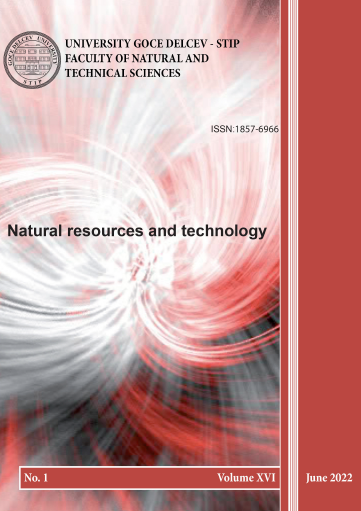REVERSE LOGISTICS – POSSIBILITY, EXPECTATION AND SUSTAINABILITY PERSPECTIVES
DOI:
https://doi.org/10.46763/NRT22161089kKeywords:
reverse logistics; collection system; circular economy; sustainability; five (5) Rs.Abstract
Reversible logistics are complex to manage due to the uncertainty involved the range of quality products, product return time, and return volume. Product returns are usually from the first days of trading, originally marked as the starting point of reversible logistics (RL). In the eighties, many researchers1 tried to formulate definitions of reversible logistics, although they2 defined it in a very limited way, ie in the material movements from customers to manufacturers, which means that it is only in terms of product returns3. Reversible logistics itself has attracted the attention of academics since the early 1990s. Reversible logistics is considered to be much more complex than a traditional supply chain.4 It includes product return, source reduction, recycling, material replacement, material reuse, waste disposal and renovation, repair and recycling.5 Reversible logistics is also considered to be more complex to manage than advanced logistics6, as detailed activities in Reversible Logistics include the size, scope and impact on industry and the types of distribution channels7. Following the literature review, trends and some case studies in the world and in domestic research are identified, collection systems and directions for future and further research. The idea of Reversible Logistics (RL) obviously shares similarities with the activities of the Circular Economy - repair, renovation, processing, recycling and reduction8. The purpose of Reversible Logistics (RL) is to reduce the raw material, the material for reuse and to respect the environment9, which fits into some activities and purposes of the Circular Economy (CE), although in a broader concept. The optimized Reverse Logistics (RL) demonstrated by world examples and different brands also lead to better supply chain visibility, leading to benefits. The optimized reverse logistics demonstrated by domestic examples Case Study 1 (for pellets) and Case Study 2 (for pallets) also lead to better supply chain visibility, leading to benefits.

.png)

